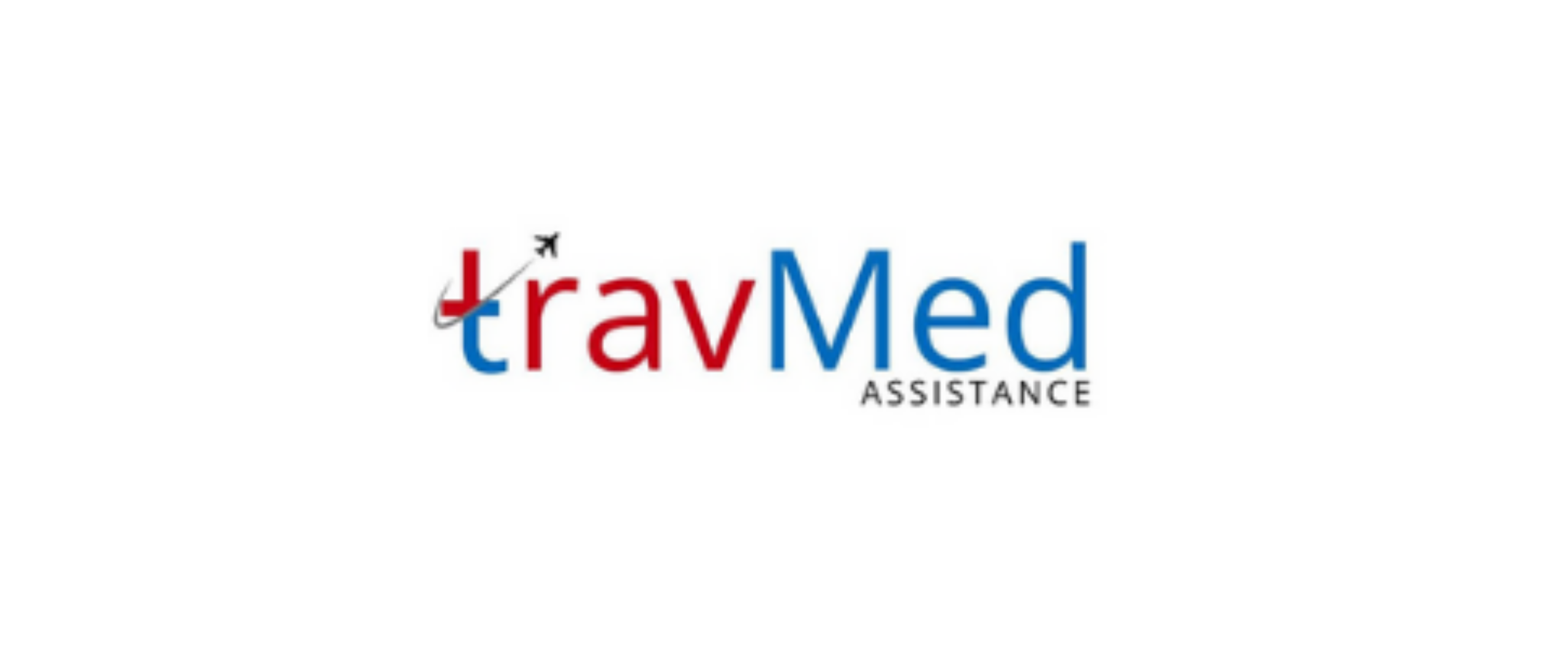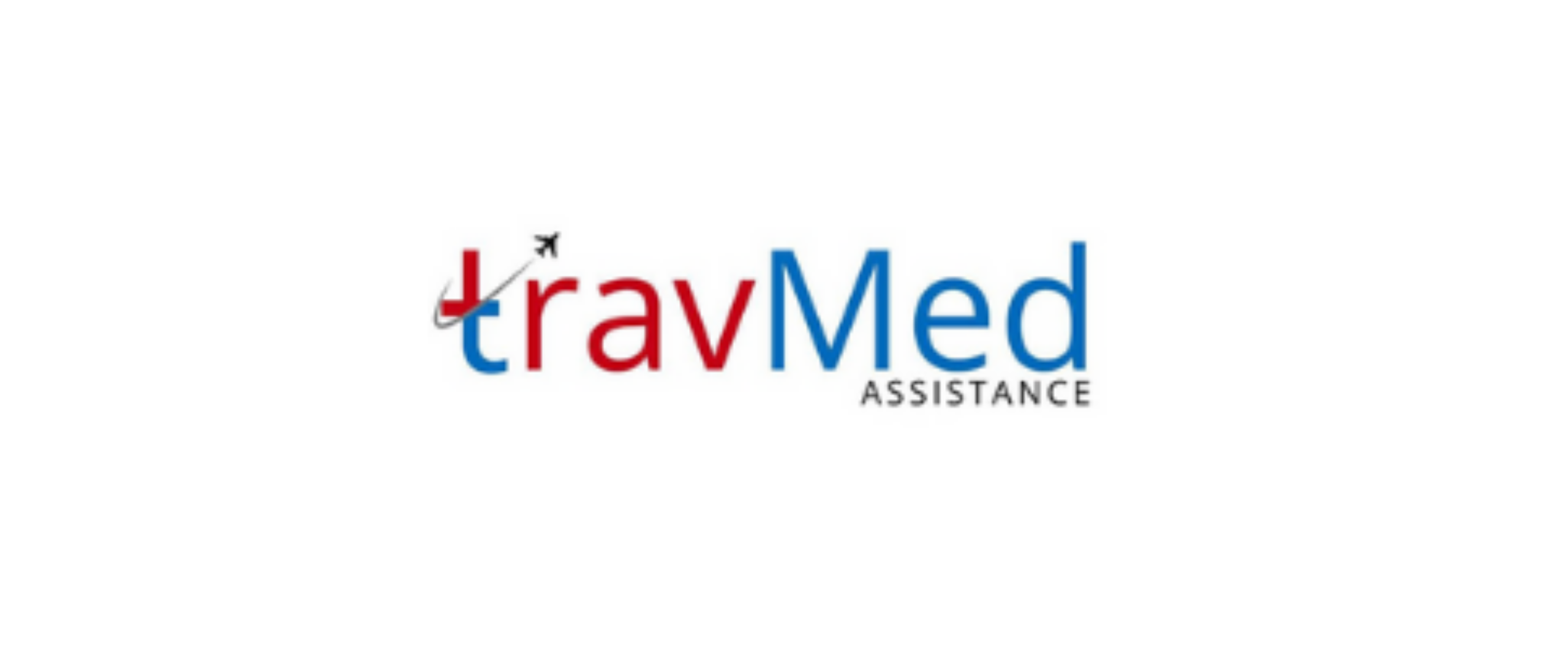
What is medical repatriation in Nepal?
Medical repatriation in Nepal refers to the process of transporting patients from one location to another, typically from Nepal to their home country or vice versa, for medical treatment or care. This service is essential for individuals who become ill or injured while traveling in Nepal and require specialized medical attention that may not be available locally. Medical repatriation involves coordinating medical care, transportation, and logistics to ensure the safe transfer of patients. In Nepal, medical repatriation services are often utilized by foreign tourists, expatriates, and Nepali citizens living abroad who need to return home for medical reasons. The process encompasses a range of services, including air ambulance flights, ground transportation, medical escorts, and coordination with healthcare facilities in both the origin and destination countries.
Who provides repatriation services in Nepal?
In Nepal, several organizations and companies offer medical repatriation services. These include:
- International assistance companies with a presence in Nepal
- Specialized medical evacuation and repatriation firms
- Travel insurance providers with repatriation coverage
- Nepali hospitals with international patient services
- Air ambulance operators based in Nepal or neighboring countries
- Government agencies in collaboration with foreign embassies
These service providers work together to facilitate the repatriation process, coordinating with medical professionals, airlines, and ground transportation services. Many of these organizations have 24/7 emergency assistance centers that can be contacted for immediate support. It’s worth noting that some travel insurance policies include medical repatriation coverage, making it easier for travelers to access these services when needed.
How does the repatriation process work?
The medical repatriation process in Nepal typically follows these steps:
- Initial assessment: A medical professional evaluates the patient’s condition and determines if repatriation is necessary.
- Treatment stabilization: The patient receives initial treatment to stabilize their condition for safe transport.
- Repatriation planning: The service provider coordinates with medical teams, airlines, and ground transportation to plan the journey.
- Documentation preparation: Necessary medical and travel documents are gathered and processed.
- Transport arrangement: Appropriate transportation is arranged, such as an air ambulance or commercial flight with medical escort.
- Patient transfer: The patient is safely transferred from the hospital to the transport vehicle.
- In-transit care: Medical professionals provide continuous care during the journey.
- Arrival and handover: Upon arrival, the patient is transferred to the receiving medical facility or into the care of local medical professionals.
Throughout this process, constant communication is maintained between all parties involved to ensure a smooth and safe repatriation.
What documents are required for repatriation?
For medical repatriation from Nepal, several documents are typically required:
- Valid passport
- Visa documentation (if applicable)
- Medical reports and records
- Fit-to-fly certificate from a doctor
- Travel insurance policy details
- Consent forms for medical treatment and transfer
- Power of attorney (if the patient is unable to make decisions)
- Letter from the receiving hospital confirming acceptance
- Customs declaration forms for medical equipment
- Air ambulance or commercial airline booking confirmations
- Ground ambulance arrangements at both departure and arrival points
The specific documentation requirements may vary depending on the patient’s condition, destination country, and mode of transport. It’s crucial to work closely with the repatriation service provider to ensure all necessary paperwork is in order before the transfer begins.
How much does repatriation cost in Nepal?
The cost of medical repatriation from Nepal can vary significantly depending on several factors:
- Distance to the destination country
- Patient’s medical condition and required level of care
- Mode of transport (commercial flight, air ambulance, etc.)
- Need for specialized medical equipment
- Number of medical staff required
- Urgency of the repatriation
On average, repatriation costs can range from $20,000 to $100,000 or more for long-distance international transfers. Air ambulance services tend to be the most expensive option, while repatriation on a commercial flight with a medical escort is generally less costly. It’s worth noting that many travel insurance policies cover medical repatriation expenses, which can significantly reduce out-of-pocket costs for the patient or their family. For accurate cost estimates, it’s best to consult directly with repatriation service providers or insurance companies.
How long does repatriation take in Nepal?
The duration of the medical repatriation process in Nepal can vary depending on several factors:
- Patient’s medical condition and stability
- Destination country and distance from Nepal
- Availability of suitable transportation
- Time required for document processing and approvals
- Coordination between medical facilities and service providers
Typically, the entire process, from initial assessment to arrival at the destination, can take anywhere from 24 hours to several days. Emergency cases may be expedited, while more complex situations might require additional time for planning and coordination. The actual travel time depends on the mode of transport and destination. For example, an air ambulance flight to a neighboring country might take a few hours, while a long-distance commercial flight with stopovers could take a day or more. It’s essential to work closely with the repatriation service provider to get a realistic timeline based on the specific circumstances of each case.
Can family accompany the patient?
In most cases, family members can accompany the patient during medical repatriation from Nepal. However, there are several factors to consider:
- Mode of transport: Air ambulances may have limited space, allowing only one family member to accompany the patient. Commercial flights typically allow more flexibility.
- Patient’s condition: In critical cases, medical staff may require full access to the patient, limiting family presence during transport.
- Destination country’s entry requirements: Family members must meet visa and entry requirements for the destination country.
- Cost considerations: Additional passengers may increase the overall cost of repatriation.
- Insurance coverage: Some policies may cover expenses for a family member to accompany the patient.
Repatriation service providers often work to accommodate family members whenever possible, recognizing the emotional support they provide to the patient. It’s advisable to discuss family accompaniment options with the service provider early in the planning process to make necessary arrangements.
What medical equipment is used in transit?
During medical repatriation from Nepal, a range of specialized equipment is used to ensure patient safety and comfort:
- Portable ventilators for respiratory support
- Cardiac monitors and defibrillators
- Infusion pumps for medication administration
- Oxygen supply systems
- Stretchers or specialized medical beds
- Suction devices
- Blood pressure monitors
- Pulse oximeters
- Emergency medication kits
- Portable ultrasound machines (in some cases)
- Specialized equipment for neonatal or pediatric patients (if required)
The specific equipment used depends on the patient’s condition and the level of care required during transport. Air ambulances are typically equipped with advanced medical technology, similar to an intensive care unit. For commercial flights, portable medical equipment is used to provide necessary care while complying with airline regulations. The medical team accompanying the patient is trained to operate all equipment and respond to any emergencies that may arise during the journey.
How is patient safety ensured during repatriation?
Patient safety is a top priority during medical repatriation from Nepal. Several measures are implemented to ensure the patient’s well-being throughout the journey:
- Comprehensive medical assessment before travel
- Stabilization of the patient’s condition prior to transport
- Selection of appropriate mode of transport based on medical needs
- Presence of qualified medical professionals throughout the journey
- Use of specialized medical equipment for monitoring and treatment
- Continuous communication with ground medical teams
- Detailed flight plans considering altitude effects on the patient
- Coordination with receiving medical facilities for seamless handover
- Adherence to international air medical transport standards
- Regular training and certification of medical staff in aviation medicine
- Contingency planning for potential in-flight emergencies
- Strict hygiene and infection control protocols
These safety measures are tailored to each patient’s specific needs and condition, ensuring the highest level of care and minimizing risks during the repatriation process.
Are repatriation services available nationwide?
Medical repatriation services in Nepal are available nationwide, but the level of accessibility and response time may vary depending on the location:
- Major cities like Kathmandu, Pokhara, and Biratnagar have better infrastructure and more immediate access to repatriation services.
- Remote areas and mountainous regions may require additional time and resources for patient evacuation to a major city before international repatriation can begin.
- Some repatriation service providers have partnerships with local hospitals and air rescue services across Nepal to facilitate nationwide coverage.
- In extreme cases, helicopter evacuations may be necessary to transport patients from remote areas to airports suitable for international flights.
- Telemedicine services are sometimes used to provide initial assessments and guidance in areas where immediate physical access is challenging.
While repatriation services can be arranged from any part of Nepal, it’s essential to consider that logistical challenges in remote areas may impact the speed and complexity of the repatriation process. Travelers to remote regions should be aware of these potential limitations and consider appropriate travel insurance coverage.
Who qualifies for medical repatriation in Nepal?
Qualification for medical repatriation from Nepal typically depends on several factors:
- Medical necessity: The patient requires treatment not available in Nepal or would benefit significantly from care in their home country.
- Stability for travel: The patient’s condition is stable enough to withstand the journey.
- Insurance coverage: Many patients qualify through their travel or health insurance policies.
- Consent: The patient or their legal representative must consent to the repatriation.
- Visa status: Patients whose visas are expiring may require repatriation.
- Receiving country acceptance: The destination country must be willing to accept the patient.
- Financial considerations: Ability to cover repatriation costs if not insured.
- Nationality: Some countries may prioritize repatriation of their citizens in emergencies.
Each case is evaluated individually, considering the patient’s medical condition, available resources, and logistical factors. It’s advisable to consult with medical professionals and repatriation specialists to determine eligibility for medical repatriation services.
How do I request repatriation services?
To request medical repatriation services in Nepal, follow these steps:
- Contact your travel insurance provider or assistance company if you have coverage.
- If uninsured, reach out to international assistance companies or specialized repatriation services operating in Nepal.
- Provide detailed information about the patient’s condition and current location.
- Submit relevant medical reports and documentation.
- Discuss repatriation options, costs, and logistics with the service provider.
- Authorize the repatriation process and provide necessary consents.
- Cooperate with the repatriation team for any additional requirements or arrangements.
- Stay in communication with the service provider throughout the process.
For emergencies, many repatriation service providers offer 24/7 hotlines. It’s advisable to have emergency contact numbers readily available when traveling in Nepal. Embassies and local hospitals can also provide guidance on accessing repatriation services if needed.


